Home>Renovation & DIY>Tools & Equipment>What Grit Sandpaper For A Deck
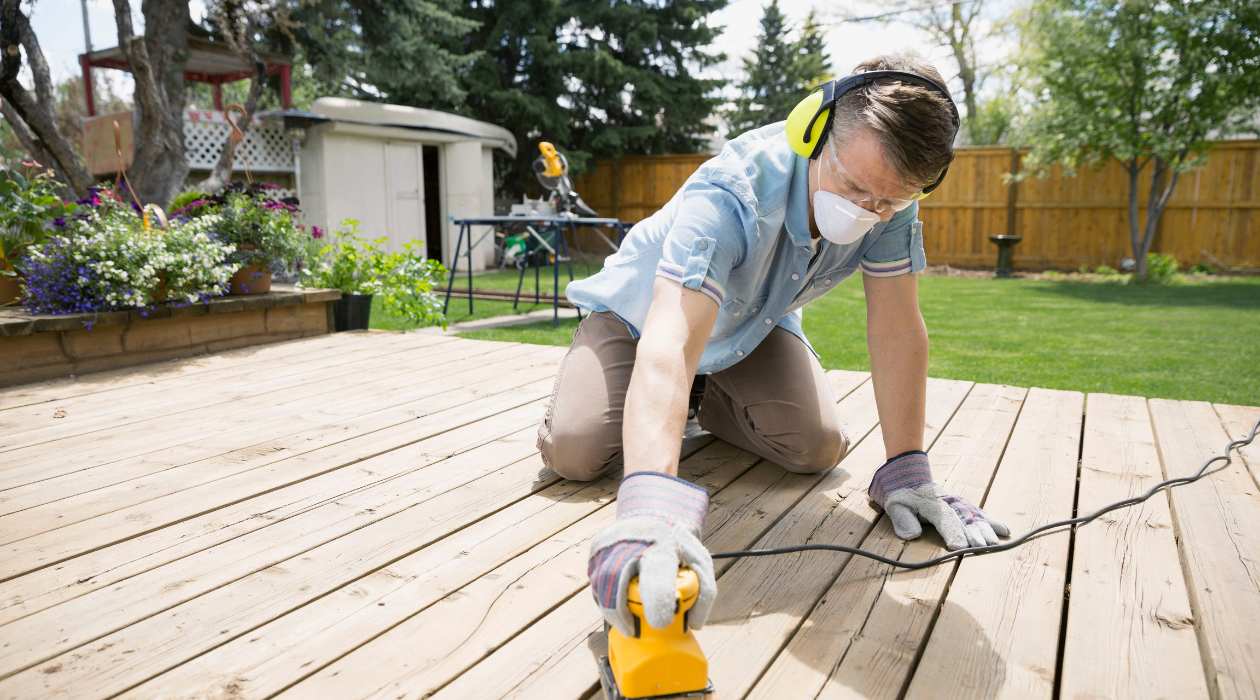

Tools & Equipment
What Grit Sandpaper For A Deck
Modified: February 25, 2024
Discover the best grit sandpaper for your deck with our comprehensive guide. Find the right tools and equipment for your deck sanding project.
(Many of the links in this article redirect to a specific reviewed product. Your purchase of these products through affiliate links helps to generate commission for Storables.com, at no extra cost. Learn more)
Introduction
When it comes to maintaining the aesthetic appeal and structural integrity of a deck, sanding plays a pivotal role. Sanding not only smoothens the surface but also prepares it for staining or painting, ensuring longevity and visual allure. However, the process of sanding involves various grit levels, and choosing the right grit sandpaper is crucial for achieving the desired results. In this comprehensive guide, we will delve into the world of grit sandpaper for deck refinishing, providing valuable insights into the selection process and the recommended grit levels for optimal outcomes.
Sanding a deck is a labor-intensive task that requires meticulous attention to detail. By understanding the nuances of grit sandpaper and its impact on the sanding process, you can elevate the quality of your deck refinishing endeavors. Whether you are a seasoned DIY enthusiast or a homeowner seeking to revitalize your outdoor space, grasping the fundamentals of grit sandpaper selection is essential for a successful deck restoration project.
Join us as we embark on a journey to unravel the mysteries of grit sandpaper and discover the key factors that influence its suitability for deck refinishing. By the end of this guide, you will be equipped with the knowledge needed to make informed decisions and achieve professional-grade results in your deck sanding and refinishing endeavors. Let's dive into the world of grit sandpaper and unlock the secrets to a beautifully restored deck!
Key Takeaways:
- Choose coarser grit sandpaper (40-60 grit) for removing imperfections and old finishes on your deck. Transition to medium grit (80-120) for smoothing, and finish with fine grit (150+) for a polished surface.
- Consider the deck’s condition, wood type, desired finish, and available resources when selecting grit sandpaper. Follow the recommended grit levels for each stage to achieve a professional-grade, visually stunning deck.
Read more: What Grit Sandpaper For Marble
Understanding Grit Sandpaper
Grit sandpaper is a versatile abrasive material utilized in various sanding applications, including wood refinishing and surface preparation. The term “grit” refers to the number of abrasive particles per square inch of the sandpaper. A higher grit number indicates a finer abrasive, while a lower grit number signifies a coarser abrasive. Understanding the significance of grit levels is paramount in achieving the desired finish and surface texture during deck refinishing.
Common grit levels range from coarse to fine, with each serving a specific purpose in the sanding process. Coarse grit sandpaper, typically ranging from 40 to 60 grit, is ideal for removing old paint, stubborn stains, and surface imperfections from the deck. As the grit number increases, the abrasiveness decreases, leading to smoother sanding results. Medium grit sandpaper, falling within the 80 to 120 grit range, is effective in smoothing out rough surfaces and preparing the deck for the subsequent stages of refinishing.
When it comes to achieving a refined and polished surface, fine grit sandpaper becomes indispensable. Grit levels of 150 and above are considered fine and are instrumental in delivering a smooth, blemish-free finish on the deck. These higher grit sandpapers are often employed in the final stages of sanding to eliminate any remaining imperfections and prepare the surface for staining or painting.
Moreover, the type of abrasive material used in the sandpaper, such as aluminum oxide or silicon carbide, influences its cutting ability and durability. Aluminum oxide abrasives are commonly found in sandpapers and are well-suited for wood sanding applications due to their exceptional hardness and longevity.
By comprehending the nuances of grit sandpaper and its varying levels, you can make informed decisions regarding the selection of sandpaper for your deck refinishing project. The next section will delve into the factors that should be considered when choosing the most suitable grit sandpaper for deck sanding, empowering you to achieve remarkable results in your restoration endeavors.
Factors to Consider When Choosing Grit Sandpaper for a Deck
When embarking on a deck refinishing project, selecting the appropriate grit sandpaper is a critical decision that significantly influences the outcome. Several key factors should be taken into account to ensure that the chosen grit level aligns with the specific requirements of the deck surface and the desired finish. By considering these factors, you can optimize the sanding process and achieve exceptional results in your deck restoration efforts.
- Current Condition of the Deck: Assessing the existing condition of the deck is fundamental in determining the initial grit level for sanding. If the deck surface exhibits deep stains, rough patches, or old paint remnants, a coarser grit sandpaper, typically in the 40 to 60 grit range, is recommended to effectively remove these imperfections and prepare the surface for further refinement.
- Wood Type and Sensitivity: Different wood species possess varying degrees of hardness and sensitivity to abrasion. Hardwoods such as oak may require a coarser grit initially to address prominent imperfections, while softer woods like cedar necessitate a more delicate approach with finer grit sandpaper to prevent excessive material removal and surface damage.
- Desired Finish and Smoothness: The intended finish of the deck plays a pivotal role in determining the final grit level for sanding. If a perfectly smooth surface is the objective, progressively transitioning from coarser to finer grit sandpaper is essential. For a textured finish or if the deck is to be stained rather than painted, a smoother surface achieved with higher grit sandpaper may be preferred.
- Sanding Equipment and Method: The type of sanding equipment being used, whether it’s a handheld sander, orbital sander, or belt sander, influences the efficiency and effectiveness of the sanding process. Coarser grit sandpaper is often employed with more aggressive sanders for initial material removal, while finer grits are utilized with precision sanders to achieve a polished surface.
- Project Timeline and Resources: Consider the timeframe and resources available for the deck refinishing project. Coarser grit sandpaper can expedite the removal of old finishes and imperfections, potentially reducing overall sanding time. However, finer grit sandpaper is essential for achieving a professional-grade, refined finish, which may require additional time and meticulous attention to detail.
By carefully evaluating these factors and tailoring the grit sandpaper selection to the specific needs of the deck, you can streamline the sanding process and lay the foundation for a successful and visually stunning deck refinishing project. The next section will provide insights into the recommended grit sandpaper levels for various stages of deck refinishing, offering valuable guidance for achieving exceptional results.
Use 80-100 grit sandpaper for initial sanding to remove old finish and smooth out rough spots on the deck. Then switch to 120-150 grit for a finer finish before staining or sealing.
Recommended Grit Sandpaper for Deck Refinishing
Deck refinishing encompasses multiple stages, each requiring specific grit sandpaper to achieve optimal results. Understanding the recommended grit levels for various phases of the refinishing process is essential for attaining a professionally finished deck surface. By adhering to these guidelines, you can navigate the sanding journey with confidence and precision, ultimately revitalizing your deck to its full splendor.
Initial Preparation and Imperfection Removal: The initial stage of deck refinishing often involves addressing imperfections, old finishes, and stubborn stains. For this purpose, utilizing coarse grit sandpaper in the range of 40 to 60 grit is recommended. This level of abrasiveness facilitates efficient material removal and prepares the deck surface for subsequent refinement.
Surface Smoothing and Intermediate Sanding: Once the prominent imperfections have been addressed, transitioning to medium grit sandpaper within the 80 to 120 grit range is ideal for smoothing out the surface and refining the deck’s texture. This intermediate grit level facilitates the removal of coarse sanding marks while preparing the deck for the final stages of sanding.
Final Polishing and Surface Preparation: As the deck nears its desired smoothness and texture, fine grit sandpaper becomes instrumental in achieving a polished and blemish-free surface. Grit levels of 150 and above are recommended for the final sanding phase, ensuring that the deck is impeccably prepared for staining or painting. This fine grit sandpaper imparts a luxurious smoothness to the wood, enhancing its visual appeal and readiness for the application of finishes.
It is important to note that the recommended grit sandpaper levels may vary based on the specific condition and requirements of individual decks. Factors such as wood type, existing finishes, and the desired final finish should always be taken into consideration when determining the most suitable grit levels for deck refinishing.
Additionally, employing a systematic approach that gradually transitions from coarser to finer grit sandpaper allows for a methodical refinement of the deck surface, culminating in a professional-grade finish. This meticulous sanding process paves the way for the successful application of stains, sealants, or paints, ensuring that your revitalized deck exudes enduring beauty and resilience against the elements.
By adhering to the recommended grit sandpaper levels and embracing a systematic sanding approach, you can elevate your deck refinishing endeavors to new heights, unveiling the natural splendor of the wood while enhancing its longevity and visual allure.
Conclusion
Embarking on a deck refinishing journey entails a profound appreciation for the transformative power of grit sandpaper. The meticulous process of selecting, applying, and transitioning between grit levels is the cornerstone of achieving a beautifully restored deck that stands the test of time. As we conclude our exploration of grit sandpaper for deck refinishing, it is essential to reflect on the significance of this fundamental tool in the restoration of outdoor spaces.
Understanding the nuances of grit sandpaper, from its varying levels of abrasiveness to its role in preparing the deck surface for staining or painting, empowers homeowners and DIY enthusiasts to embark on their refinishing endeavors with confidence and precision. By considering the current condition of the deck, the wood type, the desired finish, and the available resources, individuals can make informed decisions when choosing the most suitable grit sandpaper for their specific project requirements.
Moreover, the recommended grit sandpaper levels for different stages of deck refinishing serve as invaluable guidelines, steering the sanding process toward a professional-grade finish. From the initial imperfection removal to the final polishing and surface preparation, each grit level plays a crucial role in refining the deck surface and unlocking its inherent beauty.
As the sandpaper glides across the wood, it not only smoothens the surface but also unveils the timeless elegance and character of the deck, breathing new life into outdoor living spaces. The systematic progression from coarser to finer grit levels symbolizes a journey of transformation, where each stroke brings the deck closer to its resplendent form, ready to withstand the elements and captivate onlookers.
In essence, grit sandpaper is more than a mere tool; it is a catalyst for rejuvenation, a conduit for self-expression, and a testament to the enduring allure of natural materials. Through its careful application, a weathered deck transcends its former state, emerging as a testament to craftsmanship and dedication.
As you embark on your deck refinishing odyssey, may the wisdom gleaned from this guide infuse your endeavors with clarity and purpose. Let the grit sandpaper be your trusted companion, guiding you toward a revitalized deck that epitomizes beauty, resilience, and the timeless charm of outdoor living.
Frequently Asked Questions about What Grit Sandpaper For A Deck
Was this page helpful?
At Storables.com, we guarantee accurate and reliable information. Our content, validated by Expert Board Contributors, is crafted following stringent Editorial Policies. We're committed to providing you with well-researched, expert-backed insights for all your informational needs.

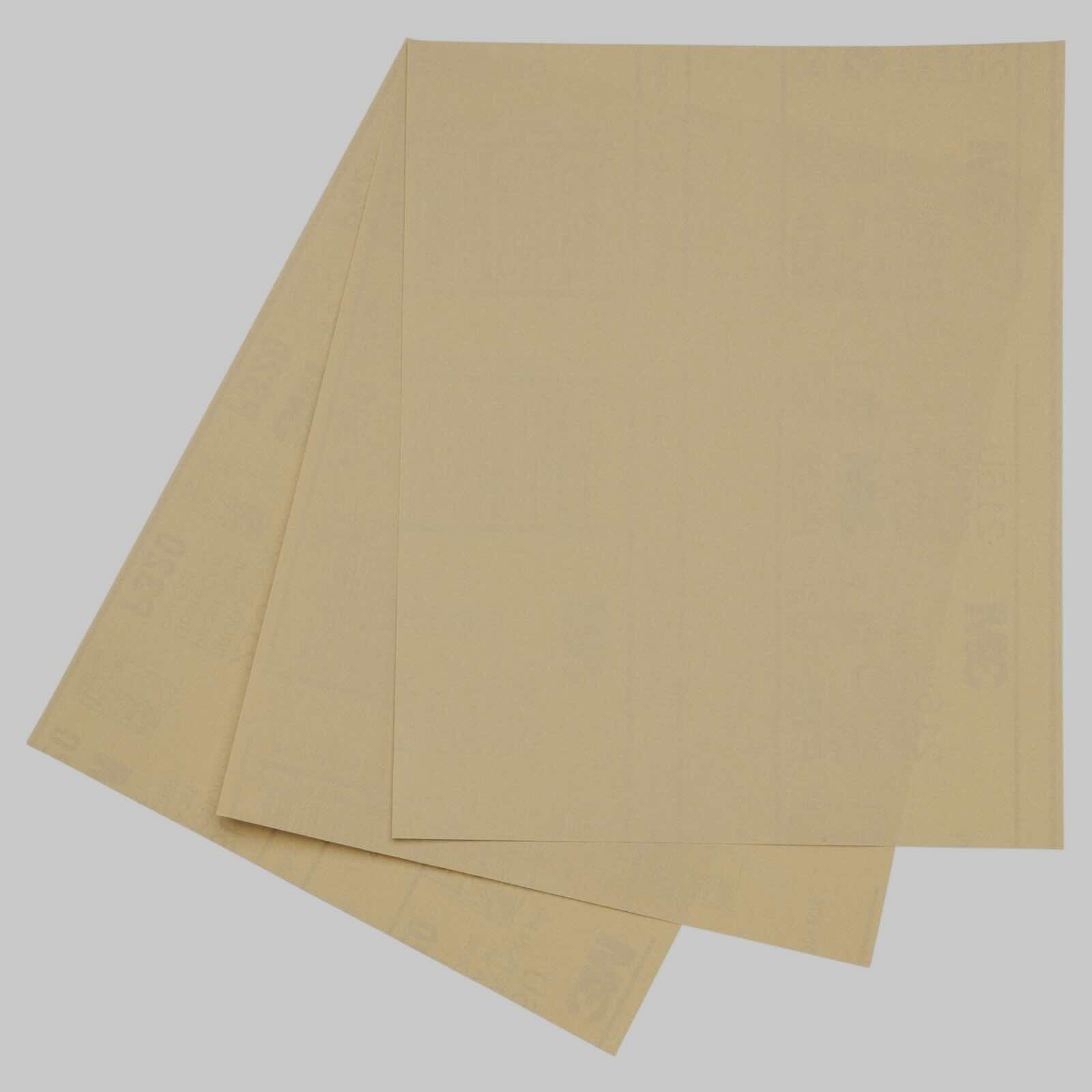
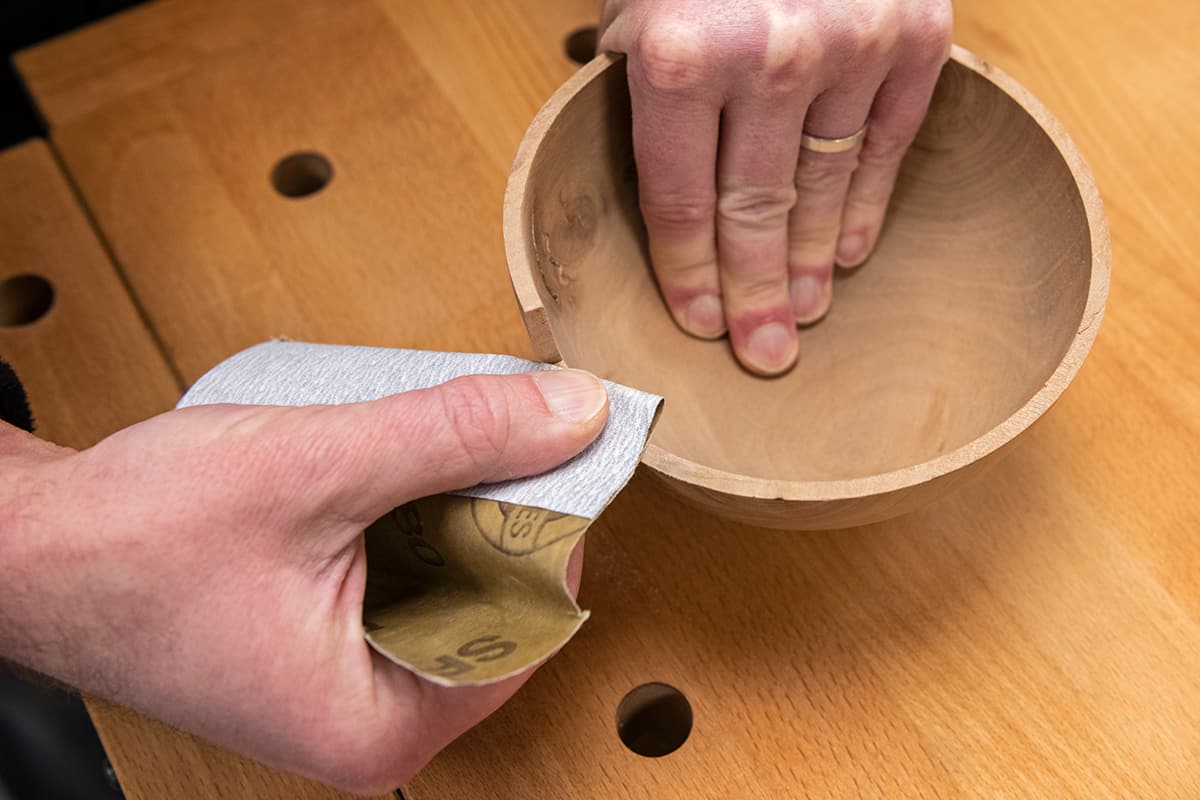
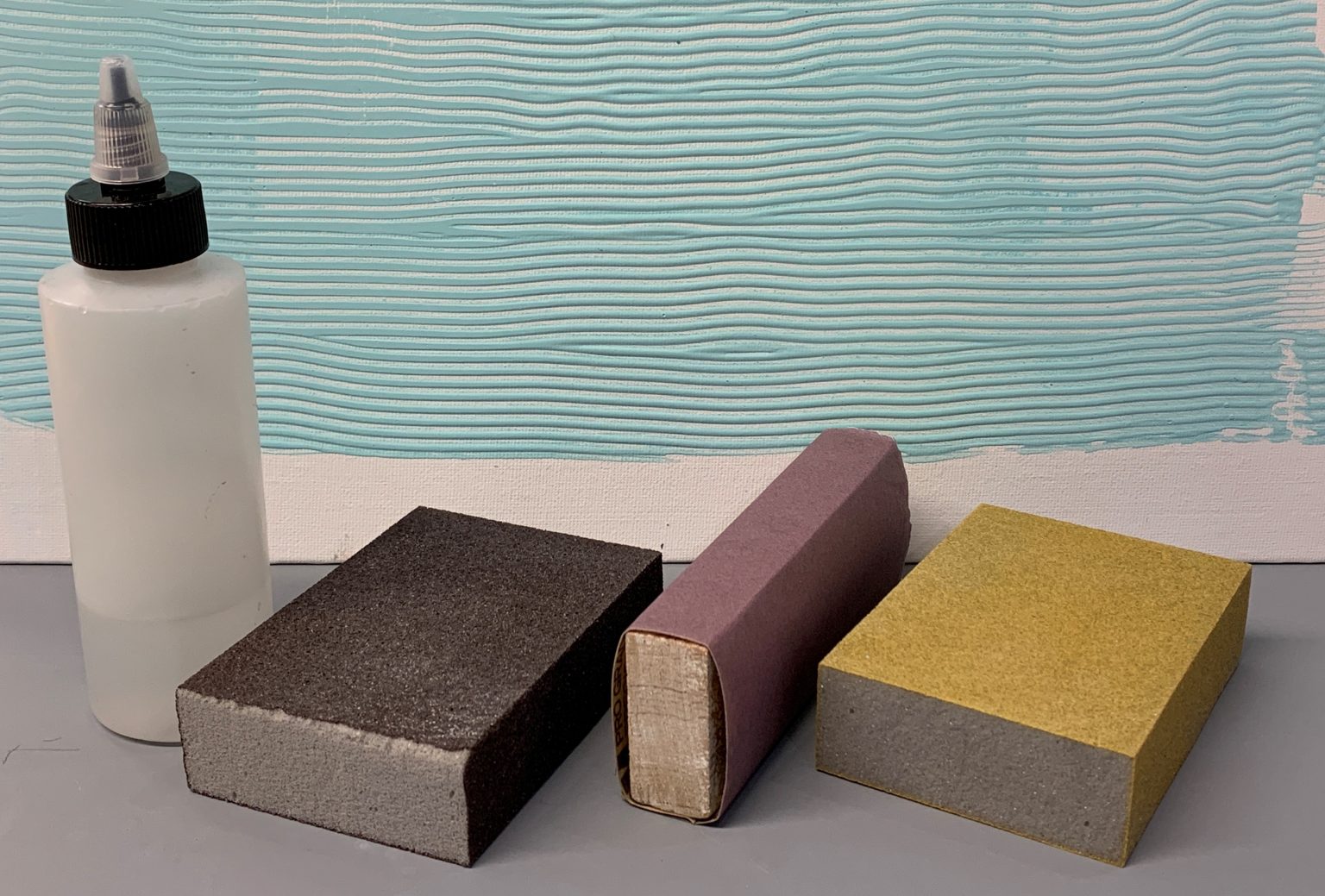
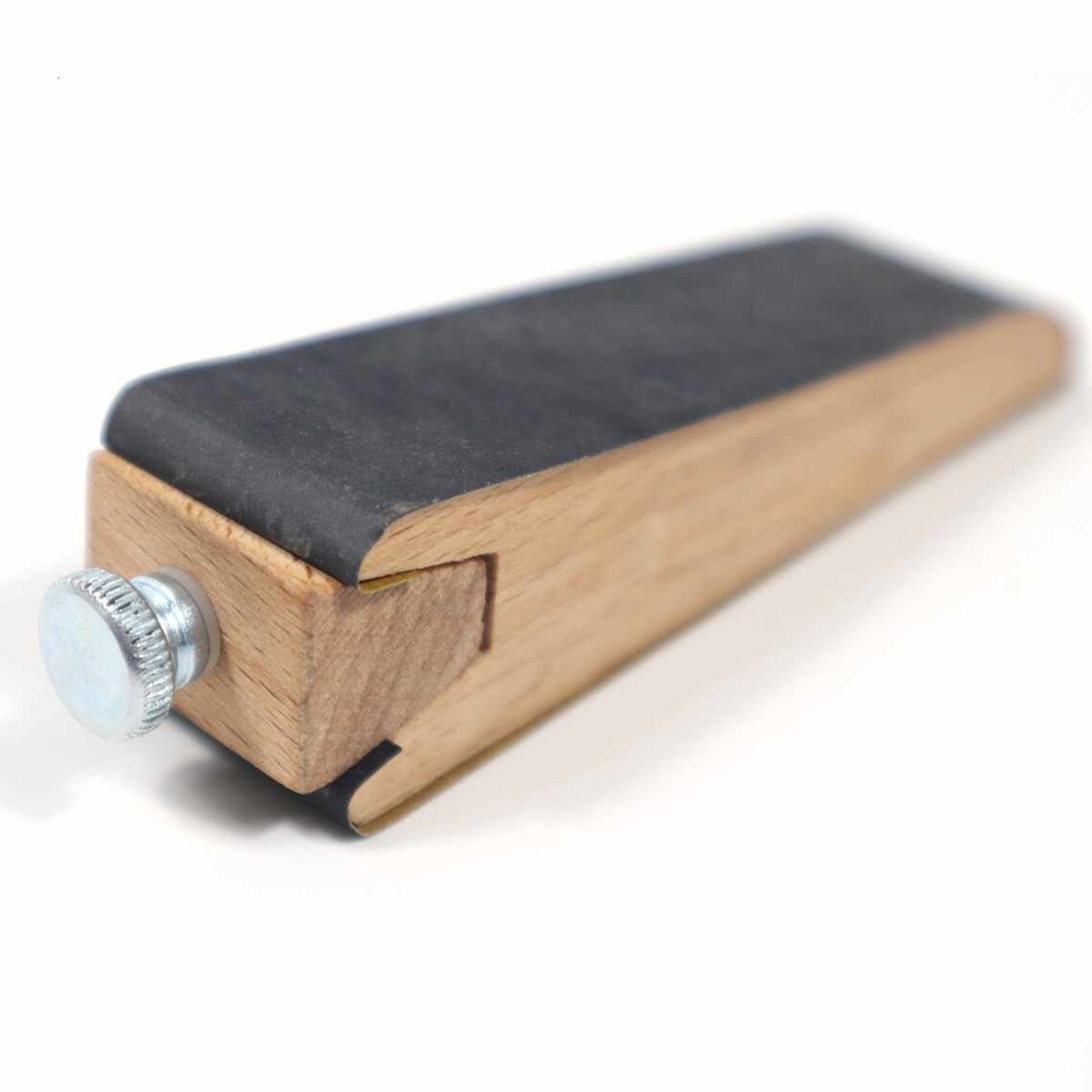
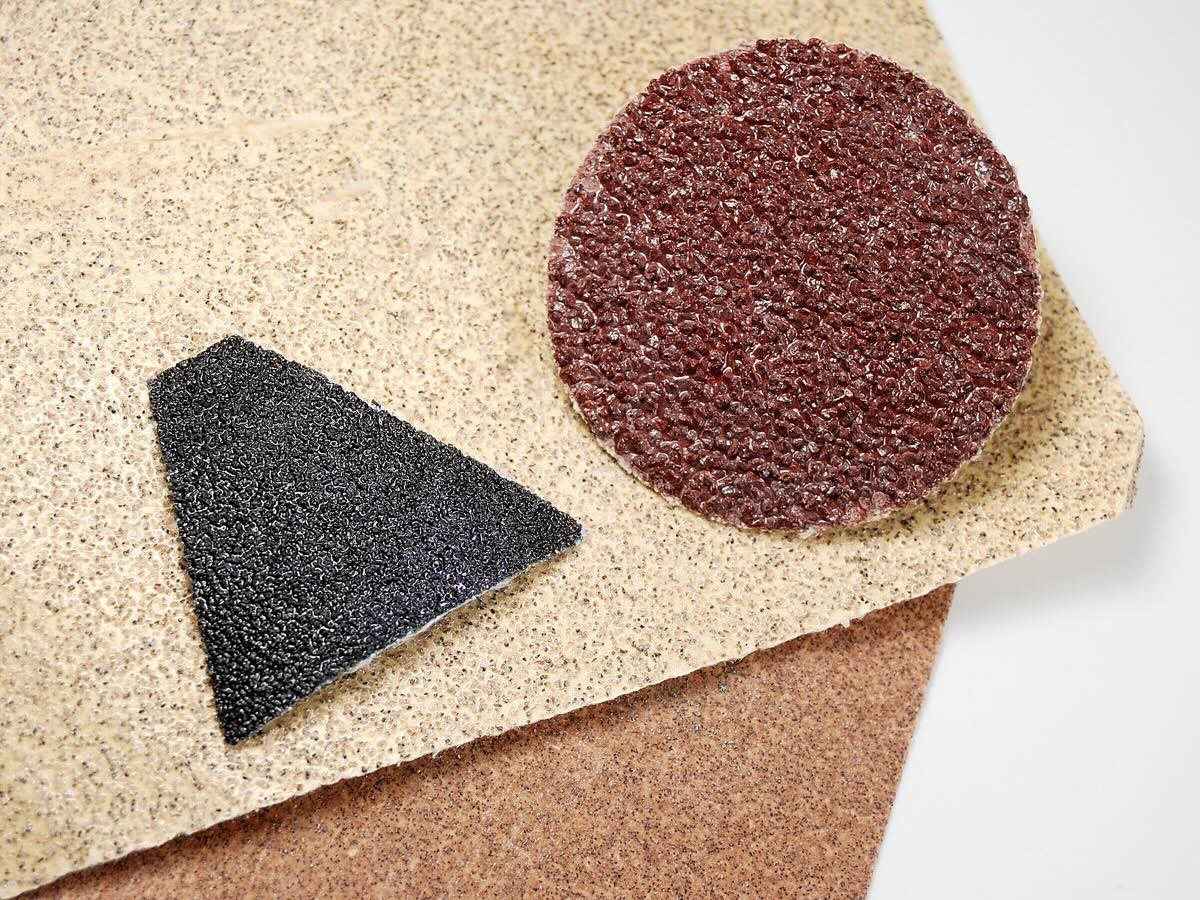
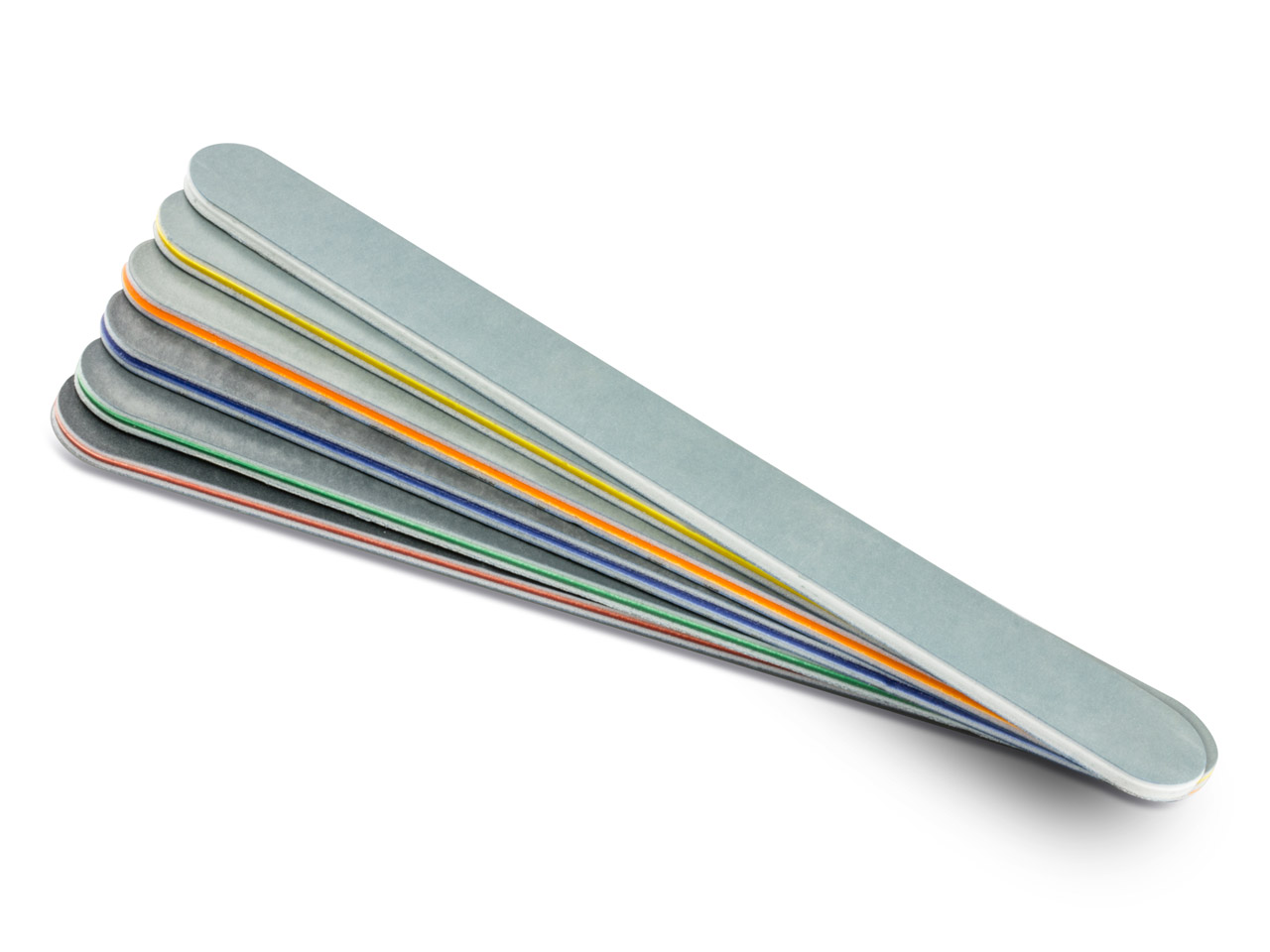
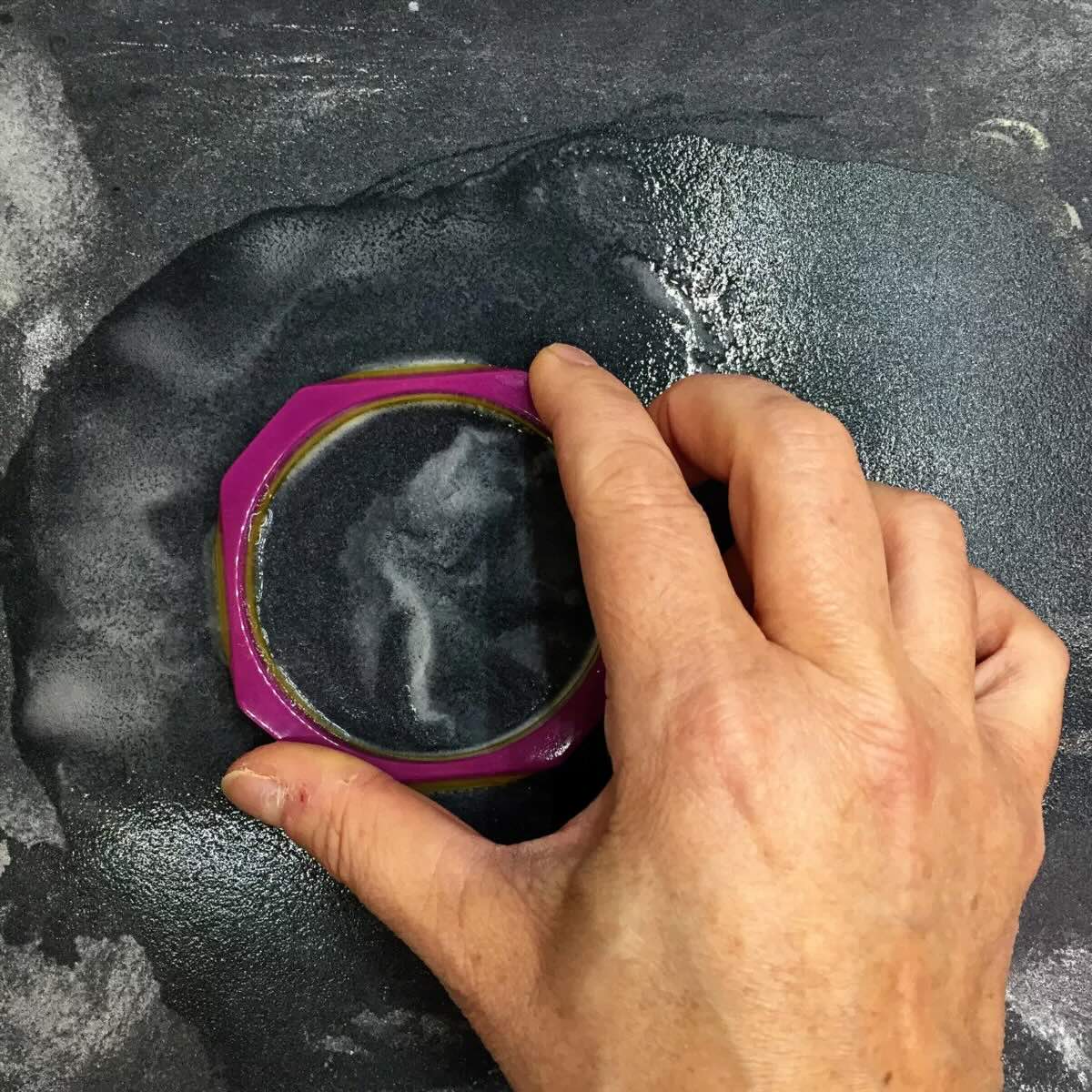
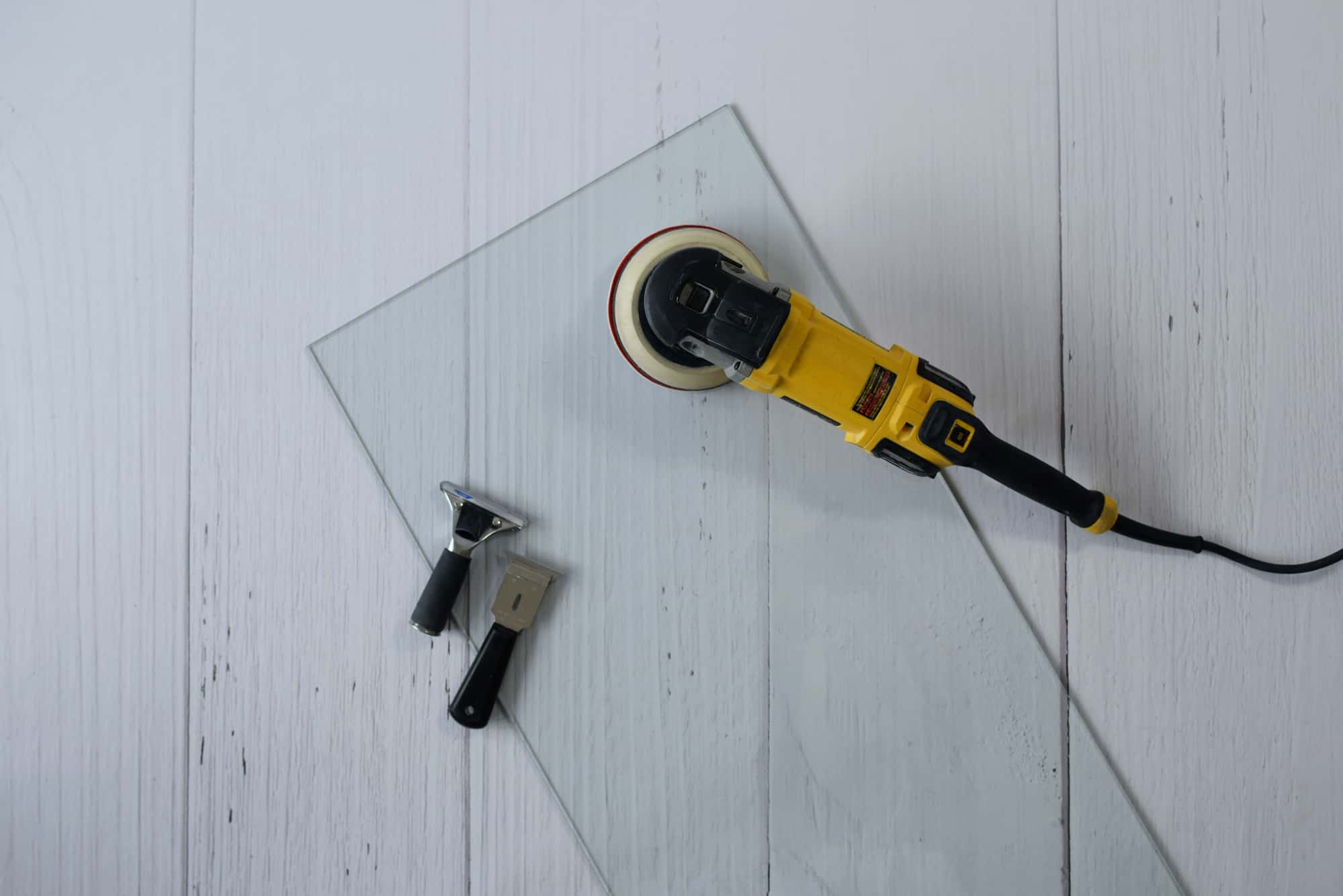
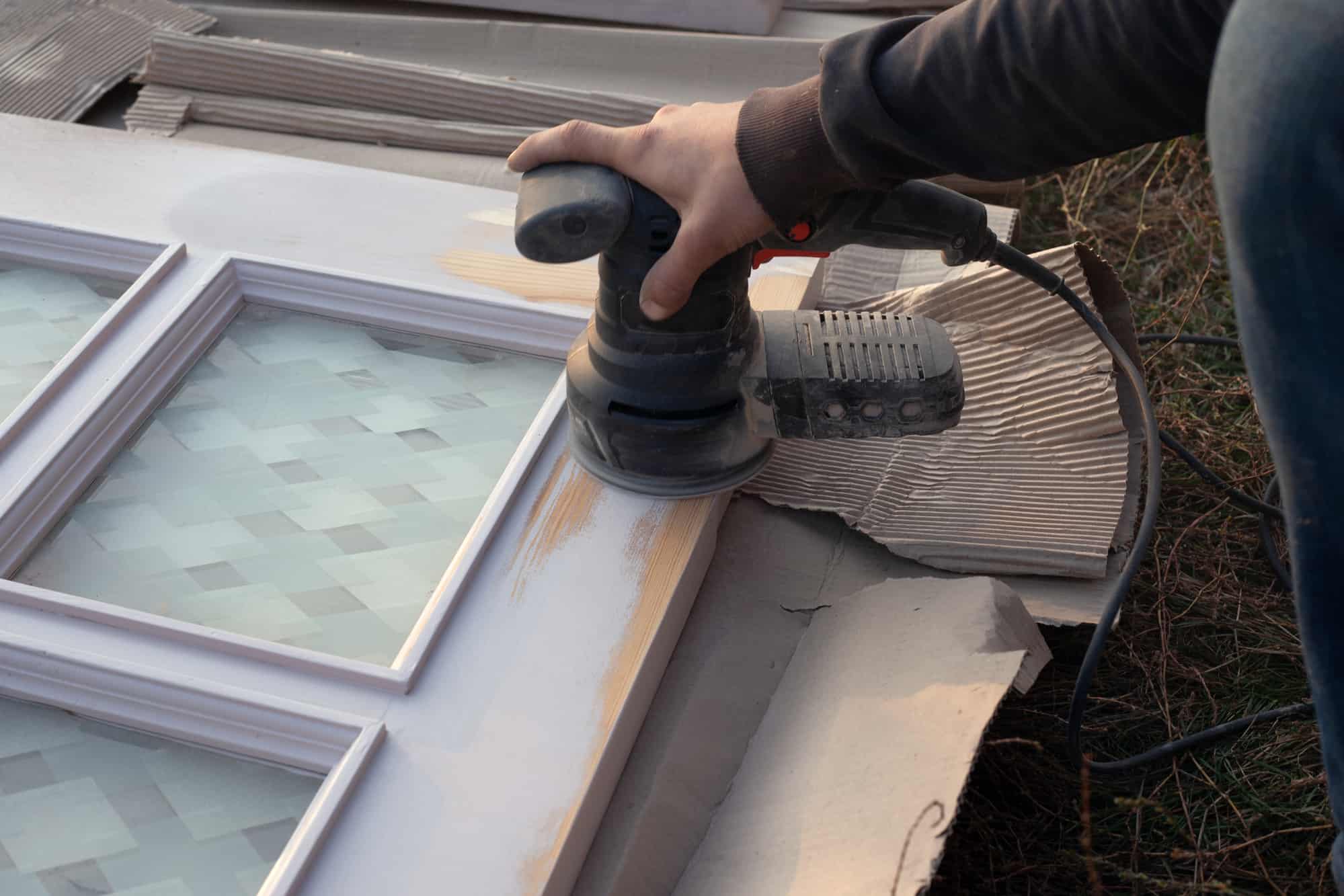
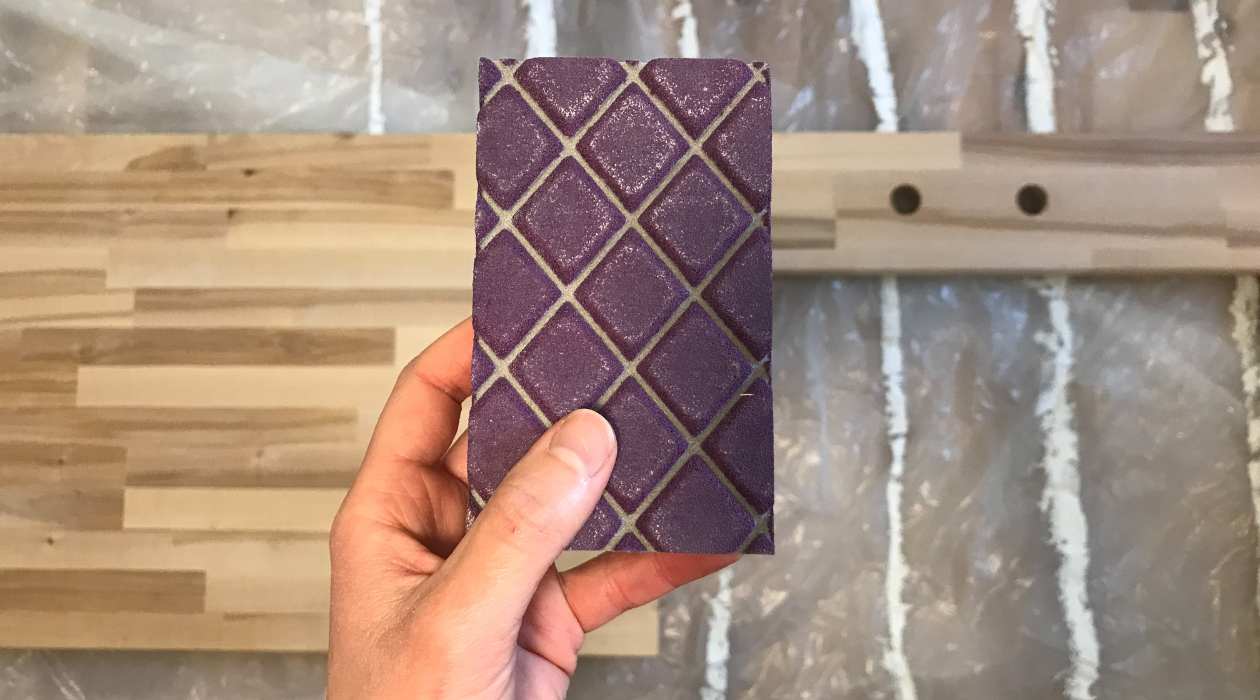

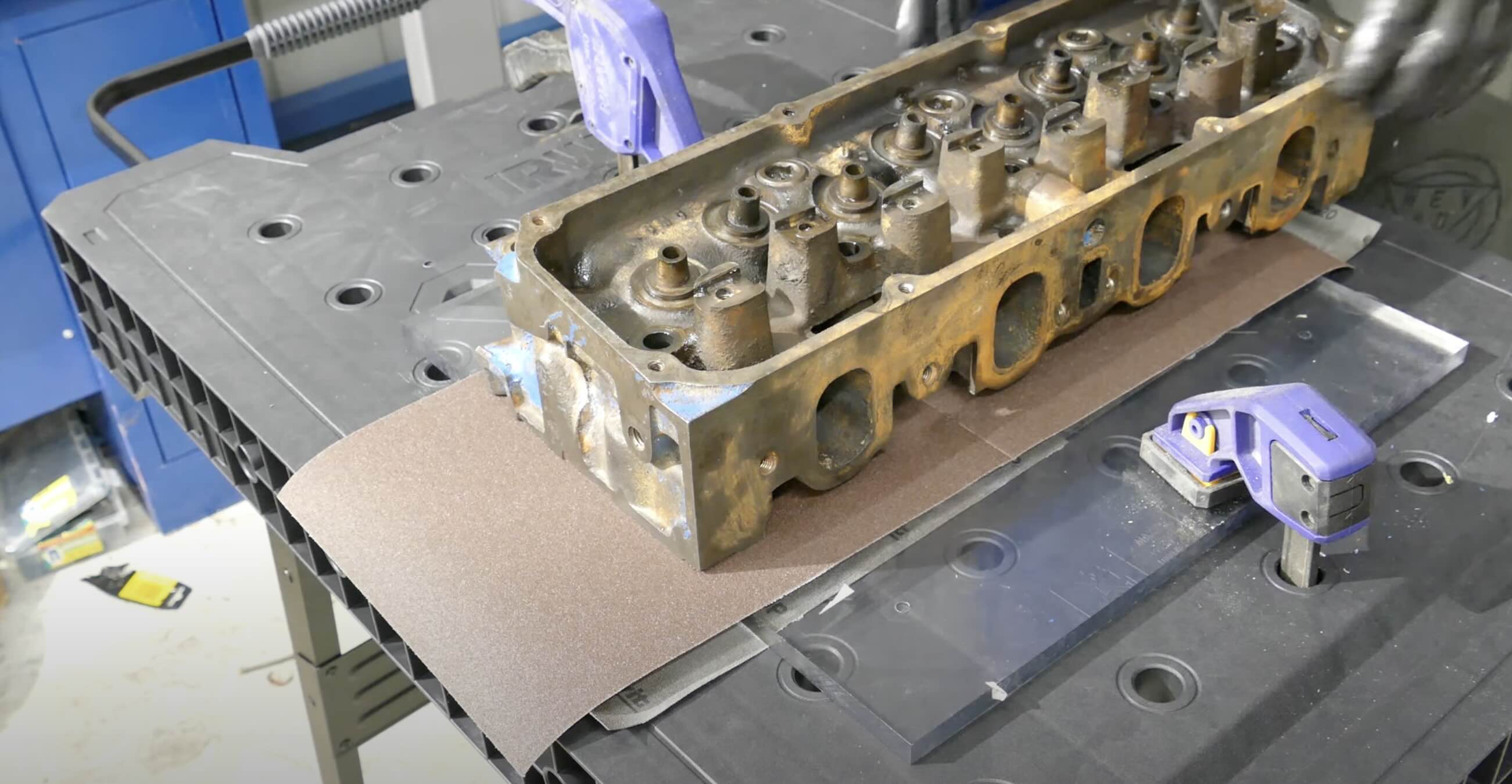
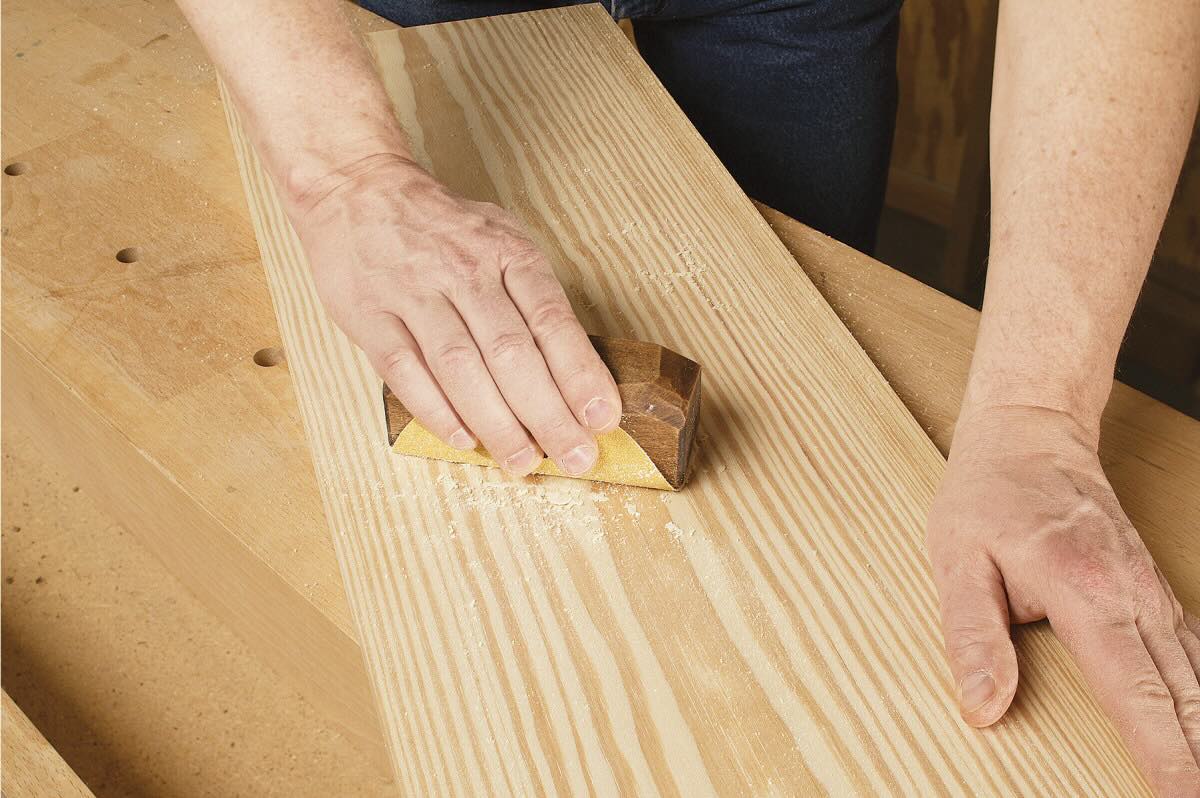
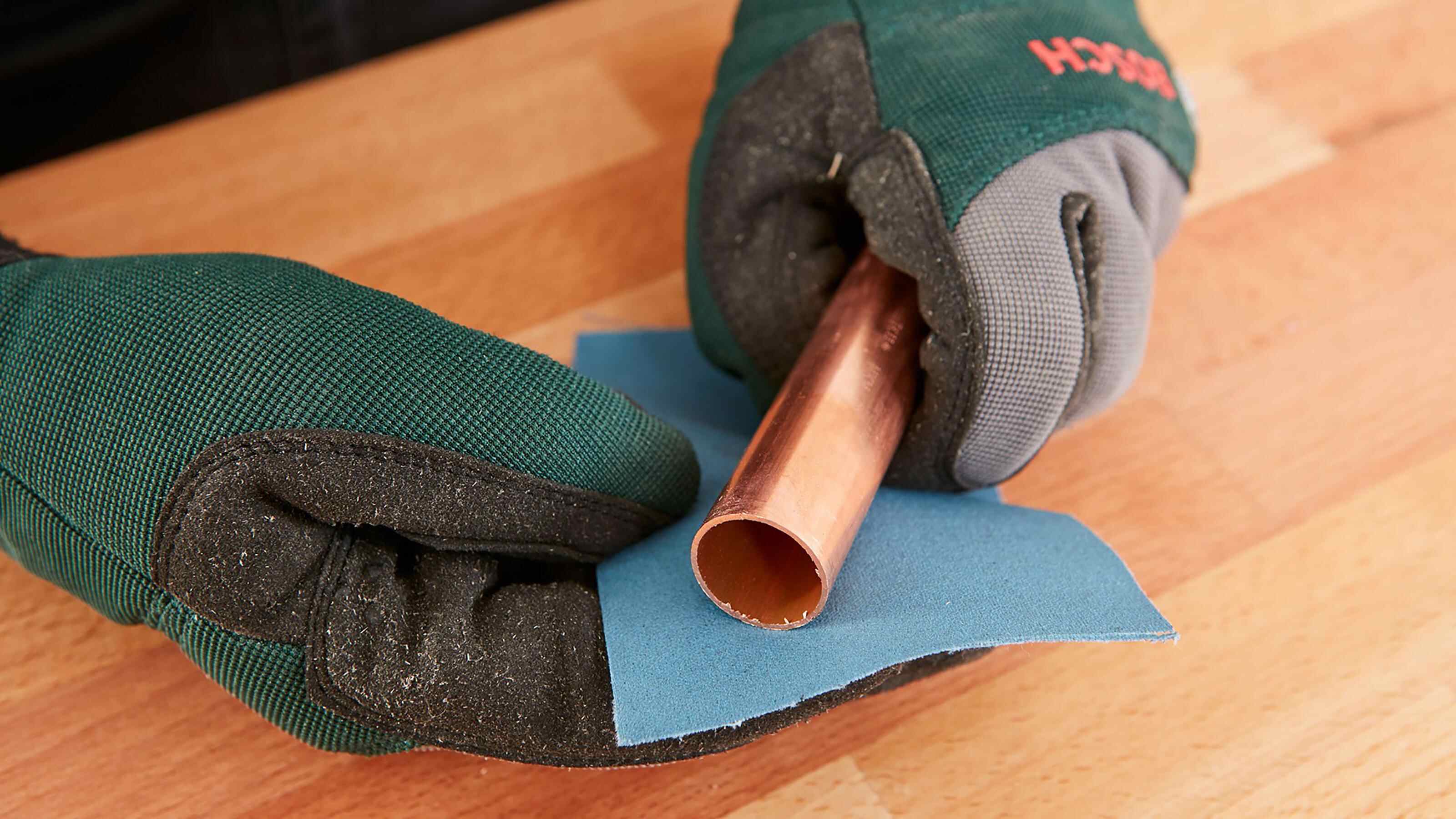

0 thoughts on “What Grit Sandpaper For A Deck”